Guide: Overclocking The Core i5-3570K To 4.5GHz On The Maximus V GENE
An Intel Core i5-3570K and Maximus V GENE is arguably the ideal combo for gamers and overclocking enthusiasts on a budget. The GENE motherboard suits those looking for ROG innovations like USB BIOS Flashback, the mPCIe Combo card, GameFirst (on Intel GigE) and SupremeFX III, while and importantly here - the Extreme Engine DIGI+ II - provides essential, powerful hardware for reliable CPU overclocking.  But how do we make the best use of this hardware? WHAT BUTTONS DO I NEED TO PRESS? OK, OK, we hear you! So you're eyeing up an overclock on that i5-3570K. How about an extra 1.1GHz on all four CPU cores? 4.5GHz is a nice round number, after all.Well, this guide is for you. We take you through basic installation, to setup, to UEFI BIOS settings needs to reach the magic 4.5Gs.
But how do we make the best use of this hardware? WHAT BUTTONS DO I NEED TO PRESS? OK, OK, we hear you! So you're eyeing up an overclock on that i5-3570K. How about an extra 1.1GHz on all four CPU cores? 4.5GHz is a nice round number, after all.Well, this guide is for you. We take you through basic installation, to setup, to UEFI BIOS settings needs to reach the magic 4.5Gs. 
Start from the top: Installing the CPU
- Pop off the protective cover cap from your Maximus V GENE
- Release the CPU socket tension arm and lift the socket lid
- Drop in the CPU straight downwards (be sure to note the keying) - avoid touching the socket pins at all cost
- Hook the socket lid under the screw and secure tension arm
- Add thermal paste (if your CPU cooler doesn't come with it pre-applied)
- Use a flat edged item such as an old credit card to smooth the thermal paste flat and even
[gallery include="" size="large" link="file" template="file-gallery" columns="2"]
- Fit your CPU cooler of choice. We’ve selected Intel’s bundled LGA 1155 cooler, roughly equivalent to any £20 cooler on the market. Better coolers offer more thermal capacity to keep the CPU cooler, or, often use larger, quieter fans.
- Make sure the fan is plugged into the CPU_fan header at the top.
- Install your memory: remember to push down firmly and clip in on the one end. Use the outer two DIMM slots if you've got a dual-channel kit, as we've shown here on some Corsair Dominator Platinum's. Mmmm soooo shiny!
- Now install this backbone into your case, adding flavorings of storage, power supply and graphics to suit your taste.
Next: Heatsink & Memory
Be sure to download the latest BIOS and extract it to the root directory of a flash drive. It’s also well worth downloading monitoring apps such as CPUZ, Asus’ AI Suite II (which allows you to monitor voltages and CPU temperatures) and Prime 95 to check the stability of your overclock. Now click page 2 for some overclocking.
Before we OC: Make sure everything works
- Start the system and enter BIOS
- Press F5 to load optimized BIOS defaults
- Hit F10 to save the BIOS and restart
- Go back into Windows and open CPU-Z, you’ll find the CPU has clocked itself down to 1,600MHz when idle - this is normal.
- Run Prime95 and select the CPU intensive Small FFT test – the CPU should clock up to 3.8GHz, the maximum Turbo Boost frequency for this chip.
Time to Tweak: Hit the UEFI BIOS
Before starting, it’s important to note that there can be a great deal of variation between each i5-3570K CPU, so when it comes to both maximum attainable frequencies and the voltages required to reach them, your results may vary. We've tested two samples here, one of which was very pliable about would achieve an OC without much effort at all, and the other which required a good deal more encouragement to reach the magic 4.5GHz. However, the good news is that almost all i5-3570K's should be able to reach 4.5GHz with the Maximus V GENE.
- Start by setting the AI Overclock tuner to Manual
- You may also wish to set this to XMP if you want the board to automatically configure your memory to its rated speed, but you can do this manually.
- Ensure Ratio Synchronising control is Enabled
- Set the 1-Core Ratio Limit to 45, the other three ratio limit values should change automatically.
- This is the multiplier (45). Be sure to leave the BCLK/PEG frequency at 100.0.
- Adjust your Memory Frequency to match the frequency of your system RAM. By default this will be 1,333MHz, so set it to whatever specification your memory is rated to (Note that if you selected XMP, this will be automatically selected)
- Scroll down to CPU Voltage and switch it to Manual Mode.
- Set the required CPU voltage. Start high to reach your stable target frequency and then decrease it gradually. Remember more voltage = more heat, so you ideally want to find the lowest voltage at which your CPU can run 4.5GHz stably.
- 1.25V is a good starting value that should be enough to get any i5-3570K to 4.5GHz, but this CPU was able to run stably at 1.21V. We’ll come back and adjust this down as needed later.
- Adjusting the voltage up will automatically increase the CPU current capability to 140%, but you may also need to increase the Load Line Calibration setting. Some stubborn i5-3570K's will require 1.25V and Extreme LLC to reach 4.5GHz.
- To start, go into DIGI+ Power Control and set CPU Load-line Calibration to Extreme, but bear in mind that CPU temperatures will go up. (The CPU’s max temperature is 105°C, but ideally you want to keep it below 80C).
- Hit F10 to save and restart your PC and boot to Windows. Fire up CPU-Z, Prime 95 and your monitoring software of choice (we've used AI Suite II, but be sure no to press any of the auto options otherwise it will attempt to reset the values).
- Run Prime 95’s small FFT test. Leave this running in the background whilst performing some simple tasks such as web browsing. If your PC freezes, blue-screens or applications crash for no reason, return to the BIOS to tweak the voltage settings.
- Be aware that with 1.25V and Extreme LLC CPU voltage will sometimes push the CPU to around 1.29V under load, and temperatures will rise accordingly too. Don’t worry, this is just the first part to make sure the chip can hit 4.5GHz.
- 1.25V and Extreme LLC should be more than enough for any i5-3570K (in fact, arguably too much, but we just wanted to make sure it would work), but if you encounter stability issues at this voltage, don’t increase the CPU voltage further. Instead, check your temperature readings, reduce the CPU multiplier down to 44x (4.4GHz) or perhaps reduce your memory frequency if it is above 1,333MHz.
- Once you’re stable at your desired frequency, begin to gradually reduce the core voltage and LLC settings until you can reach a happy medium between stability, frequency and temperatures. There’s a great deal of variation between chips; one i5-3570K might be happy to reach 4.5GHz with 1.21V and Auto LLC, while another might require 1.25V and Ultra-high LLC. There’s no magic setting, but it’s easy enough to adjust the three required settings to find that sweet spot.
- Somewhere between 1.21V with automatic load-line calibration and 1.25V with Ultra-high load line calibration, you’ll find a stable environment for your CPU to boost to 4.5GHz. As we've not adjusted any of the Intel C-states or Speed-step technology, the CPU will still clock down when idle, but boost to 4.5GHz when under load. These 'frequency reducing at idle' settings need to be disabled for even higher overclocks as they can affect stability. Be aware that overclocking dramatically increases power consumption; our test system here went from a system power consumption of 117W at stock to 155W when overclocked to 4.5GHz, so be sure your power supply is capable of handling the extra load.
- With any additional change, repeat the Prime 95 test to ensure stability. An hour of prime 95 without issue is generally a sign of a stable overclock.
- A word on temperatures: The integrated heat spreader on Intel Core 3xxx series CPUs is relatively poor at dispersing overclocked heat versus the previous generation, so they can run hotter under the same overclock than their respectively older Core 2xxx series brothers. With this 4.5GHz overclock and our modest Intel CPU cooler and with a CPU voltage of just 1.25V, temperatures remained below 85°C. However, turning LLC to maximum increases this to 1.29V under load, which causes temps to jump to around 95°C in a 21°C ambient. This is 10°C below the 105°C at which your CPU will automatically clock itself down, so if your CPU does need that much voltage to hit 4.5GHz, definitely consider a bigger cooler!
If you've any further questions or just want to show us your i5-3570K overclocks, drop them in our OC and tweaking forum!
Author
Popular Posts
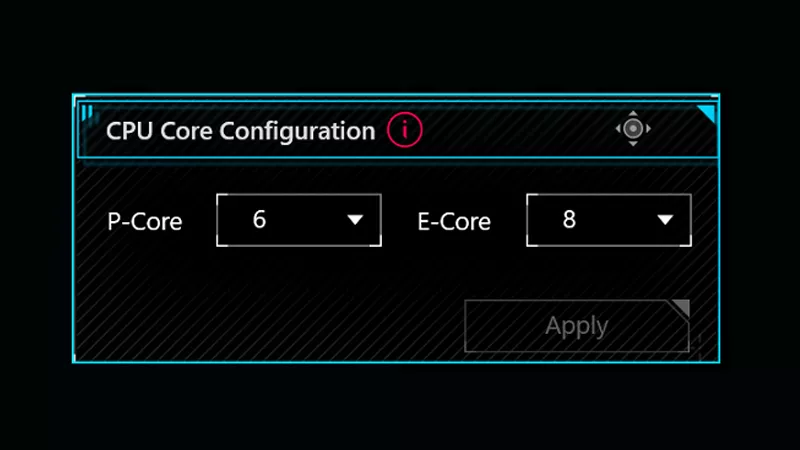
How to adjust your laptop's P-Cores and E-Cores for better performance and battery life
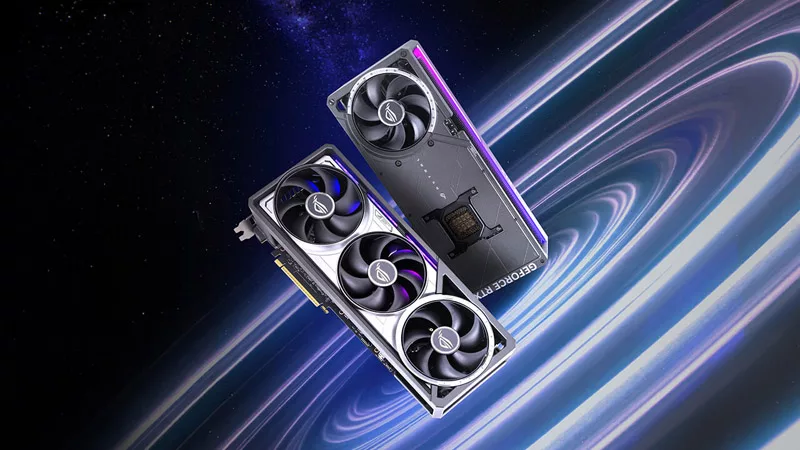
Introducing the ROG Astral GeForce RTX 5090 and 5080: a new frontier of gaming graphics

How to Cleanly Uninstall and Reinstall Armoury Crate
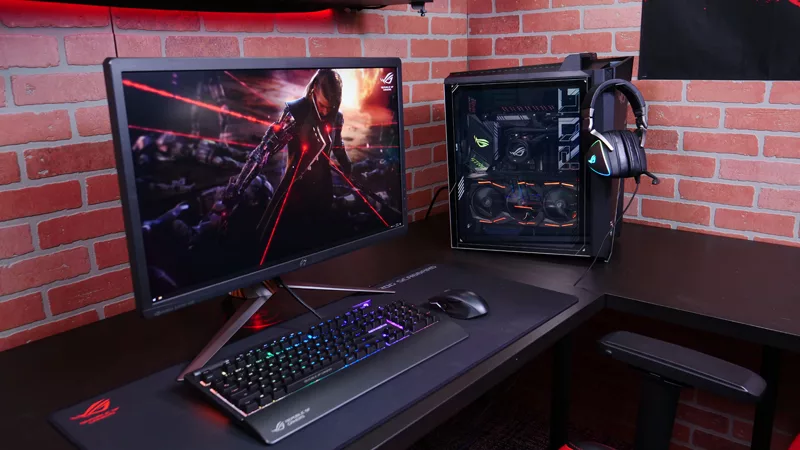
How to configure your PC's RGB lighting with Aura Sync
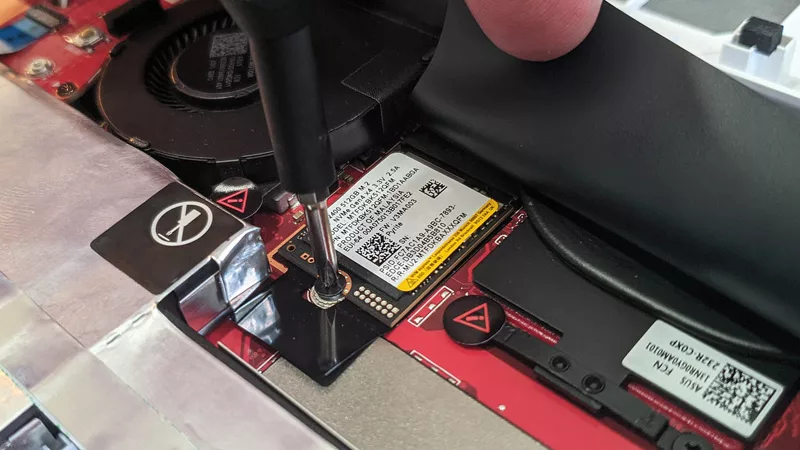
How to upgrade the SSD and reinstall Windows on your ROG Ally or Ally X
LATEST ARTICLES

Hands-on: The ROG Raikiri Pro took my couch gaming to the next level
I've been a diehard PC gamer all my life, but I often play on the couch. The ROG Raikiri Pro has improved my living room PC gaming immeasurably thanks to a few useful features and loads of customizability.

Hands-on: The ROG Azoth became the canvas for the keyboard of my dreams
Ever since I bought my first mechanical keyboard, I’ve been on a mission to mod and upgrade, mod and upgrade. But I think the ROG Azoth may actually be my endgame.
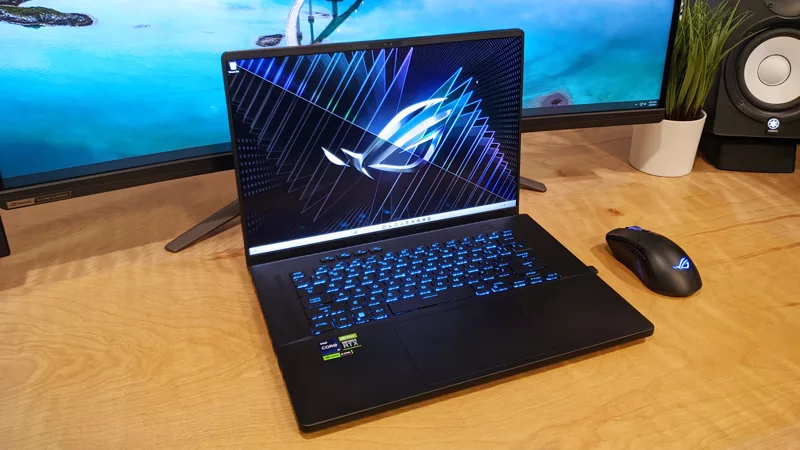
The Zephyrus M16 blends outstanding HDR gaming performance with undeniable luxury
The new ROG Zephyrus M16, with its Nebula HDR display, is like bringing a high-end home theater gaming setup with you wherever you go.

Radeon graphics and a stellar new display reinvigorate 2022 ROG Zephyrus G14
For a long time, I had to choose between underpowered ultraportable laptop and large laptops capable of gaming. But the ROG Zephyrus G14 puts admirable gaming chops into an ultra portable machine that travels anywhere.

Ready to rumble out of the box: Hands-on with the ROG Strix SCAR 15
Living on the move or in a smaller space isn't a roadblock to high-end gaming. The ROG Strix SCAR makes portable powerful.

The ROG Zephyrus S17 is an outstanding mixture of power and portability
The S17 has it all: top-tier hardware in a slim package with all the bells and whistles.









